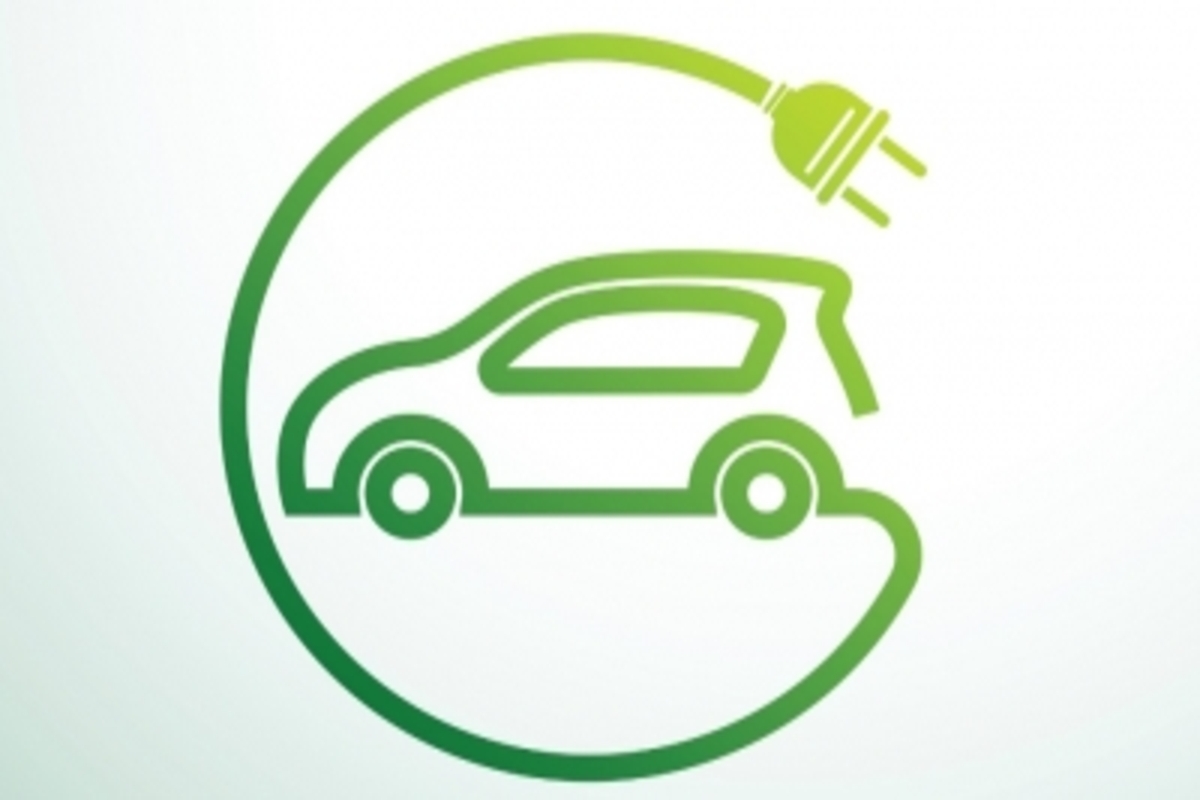The global electric vehicle (EV) revolution has been charging ahead, driven by a shared vision of reducing carbon emissions and transitioning to a sustainable energy future. Central to this shift are the lithium-ion batteries that power EVs. China, the undisputed powerhouse of the EV battery supply chain, is flexing its muscle with restrictions on the export of graphite, a seemingly unglamorous yet essential component in lithium-ion batteries. While Beijing claims these restrictions do not target a specific industry, they have sent ripples through the global market. The backdrop is crucial. It comes in response to the US curbing exports of key technologies, particularly semiconductors, to China.
The US restrictions have made a significant impact, with China struggling to keep pace in the development of artificial intelligence and semiconductor technology. As a countermeasure, China has retaliated with restrictions of its own, including those on exports of key materials like graphite. Graphite is vital in the production of anodes for lithium-ion batteries, which are at the heart of EVs. These restrictions will impact foreign manufacturers of EV battery components who have been slower to shift to synthetic graphite compared to their Chinese counterparts. It’s essential to recognise that China dominates not only the global production of graphite but also its processing. Thus, the restrictions have the potential to affect supply chains that extend far beyond China’s borders. Natural and synthetic graphite are both used in battery anodes. The new rules mandate export permits for high-end synthetic graphite, affecting foreign buyers in Japan, South Korea, and the United States.
Advertisement
This restriction comes at a time when foreign companies are grappling with the shift from natural to synthetic graphite ~ an endeavour that has been sluggish due to production concerns and cost considerations. While some Chinese companies with overseas operations expect limited impact, they utilise lowerdensity synthetic graphite, which falls outside the new restrictions. This leaves other manufacturers, reliant on Chinese graphite, potentially facing disruptions in their supply chains. The broader implications of these restrictions are two-fold. First, they highlight China’s ambition to maintain its dominant position in the global EV battery supply chain.
By limiting the export of a critical resource like graphite, China gains leverage and control. This manoeuvring could have consequences on EV battery manufacturers outside China. Secondly, it underscores the urgency for foreign manufacturers to expedite their shift to synthetic graphite. Although the move to synthetic materials is seen as more environmentally friendly and enables faster battery charging, it requires investment and adaptation. As the restrictions put pressure on the supply of natural graphite, the impetus to expedite this shift becomes clearer.
As the world seeks to curb carbon emissions and transition to cleaner transportation options, the integrity and resilience of the EV battery supply chain is critical. In navigating the road ahead, global manufacturers must not only adapt but also collaborate
